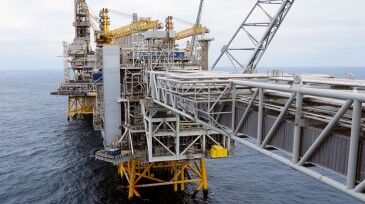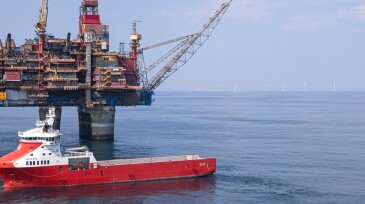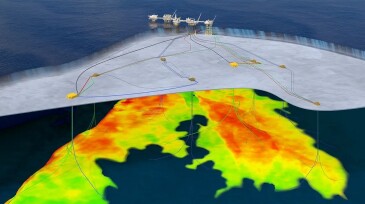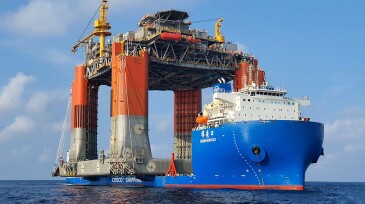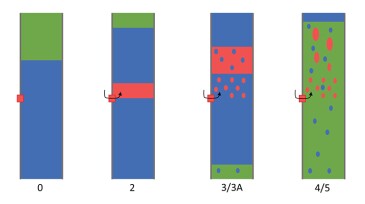Johan Sverdrup
-
The Norwegian major said it is using artificial intelligence for predictive maintenance throughout its facilities and for interpretation of seismic data from the Norwegian continental shelf.
-
Citing a lack of profitability, the Norwegian major has chosen to end its electrification efforts in the Halten and Snorre areas.
-
Electricity produced onshore powers oil production at Johan Sverdrup holding CO₂ emissions at only 5% of the global average.
-
Recent developments from Equinor and Murphy Oil Corp. offer hope that the industry is zeroing in the right approach to building megaprojects.
-
Production from the offshore project now represents the equivalent of 7% of European oil consumption.
-
The authors of this paper write that 4D data are an integral part of a reservoir-management program and, together with geological and production history data, are being used to update reservoir models to further the goals of field development.
-
The North Sea's largest producing field has shut in about a quarter of its total production capacity as repairs are made to faulty equipment.
-
The authors of this paper describe the development and implementation of a data-streaming solution that allows for real-time processing and interpretation of fiber-optics data.
-
Operator also moves forward with electrification of the Njord field.
-
This paper identifies success factors behind the Johan Sverdrup predrilling campaign and outlines lessons learned.
Page 1 of 3

